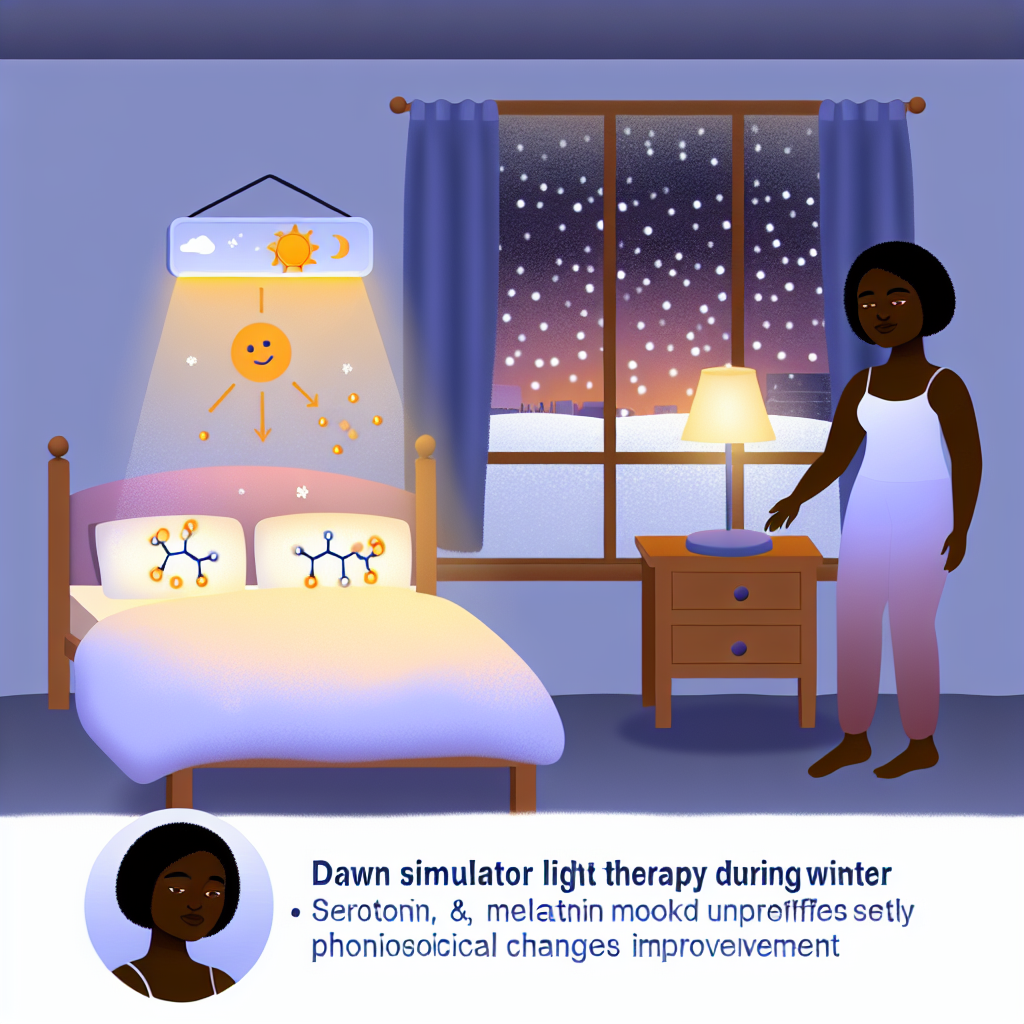The Impact of Sleep Disturbances on Health
A good night’s sleep is a cornerstone of overall health, yet it remains elusive for many in today’s fast-paced, stress-filled world. Sleep disturbances affect nearly one-third of adults globally, contributing to an array of physical and mental health challenges, including cardiovascular diseases, cognitive impairments, and emotional instability (Grandner et al., 2021). Factors such as environmental toxins, poor air quality, and high stress levels further exacerbate these challenges, creating a pressing need for holistic and accessible solutions.
The Role of Houseplants in Sleep Quality
In the ongoing search for natural sleep aids, houseplants have emerged as an unexpected yet promising ally. NASA’s groundbreaking Clean Air Study in the 1980s revolutionized our understanding of plants as natural air purifiers. This research highlighted their ability to remove harmful volatile organic compounds (VOCs) like benzene and formaldehyde from indoor environments—pollutants often linked to sleep disruptions and respiratory issues (Wolverton, 1989). Additionally, many plants have demonstrated stress-reducing and mood-enhancing properties, offering a dual-action approach to fostering restorative sleep.
Scientific Foundations of Botanical Benefits
This article delves into the scientific foundations of these botanical benefits, emphasizing how houseplants can serve as a simple yet effective component of a sleep-enhancing environment.
NASA’s Clean Air Study and Sleep Quality
NASA’s Clean Air Study, originally conducted to improve air quality for astronauts in confined space environments, unveiled the remarkable potential of plants as natural air purifiers. The study identified several species adept at removing indoor air pollutants, including VOCs emitted by furniture, cleaning products, and building materials. The health implications of these pollutants, particularly their association with respiratory issues and headaches, underscore the importance of air quality in achieving optimal sleep (Wolverton, 1989).
Key Plant Species for Air Purification
Key findings from the study include:
Snake Plant (Sansevieria trifasciata): This resilient plant effectively removes VOCs such as benzene, formaldehyde, and trichloroethylene. Uniquely, it continues to release oxygen at night, making it an ideal choice for bedrooms.
Peace Lily (Spathiphyllum wallisii): Known for its ability to thrive in low-light conditions, the peace lily excels at absorbing VOCs, including ammonia and benzene. Additionally, it increases indoor humidity, which can alleviate dry sinuses and respiratory discomfort—common sleep disruptors.
Spider Plant (Chlorophytum comosum): This easy-to-maintain plant is highly effective in filtering out pollutants like carbon monoxide and xylene, contributing to a cleaner and more breathable indoor environment.
These plants not only cleanse the air but also create an ambiance conducive to relaxation and stress reduction. Research shows that indoor plants can lower cortisol levels and enhance overall well-being, laying the foundation for deeper, more restorative sleep (Park et al., 2019).
Psychological Impact of Indoor Plants
The benefits of houseplants extend beyond their physical effects on air quality. Numerous studies highlight the psychological advantages of greenery, particularly its role in stress reduction and emotional regulation. For example, a 2020 meta-analysis in Horticultural Science & Biotechnology found that interaction with indoor plants significantly reduced stress markers, including heart rate and blood pressure (Lee et al., 2020).
Aromatherapy and Sleep Enhancement
Additionally, specific plants, such as lavender (Lavandula angustifolia), have demonstrated direct sleep-enhancing properties. Inhaling lavender’s scent has been shown to improve sleep quality and reduce anxiety, as evidenced by a randomized controlled trial published in Frontiers in Behavioral Neuroscience (Chien et al., 2019). These findings suggest that combining air-purifying plants with aromatic species can amplify their sleep-promoting effects.
Creating Your Sleep-Friendly Environment
Incorporating plants into your sleep environment doesn’t require extensive effort or expertise. Here are some tips for maximizing their benefits:
Choose Low-Maintenance Plants: Start with hardy species like snake plants and spider plants that thrive with minimal care.
Strategic Placement: Position plants away from direct proximity to the bed to avoid potential allergens or overwatering risks.
Combine Functional and Aesthetic Benefits: Opt for plants like peace lilies that enhance humidity levels while adding visual appeal.
Incorporate Aromatics: Use lavender sachets or potted lavender plants for a calming, therapeutic ambiance.
By integrating these simple strategies, you can transform your bedroom into a natural haven for rest and relaxation.
The Future of Natural Sleep Solutions
The interplay between environmental health and sleep quality underscores the importance of addressing indoor pollutants and stressors. Houseplants, inspired by NASA’s research, offer a cost-effective and aesthetically pleasing solution to these challenges. By purifying the air, promoting relaxation, and enhancing the sleep environment, plants serve as valuable allies in the quest for restorative rest.
Ongoing Research and Future Implications
As science continues to explore the connections between nature and human well-being, the role of plants in sleep hygiene remains a compelling area of research. Whether you’re battling chronic insomnia or simply looking to optimize your sleep routine, embracing the power of greenery can lead to profound improvements in your overall quality of life.
References
Grandner, M. A., Jackson, N., & Patel, N. P. (2021). Sleep and health disparities. Sleep Health, 7(3), 248-257.
Wolverton, B. C. (1989). How to Grow Fresh Air: 50 Houseplants That Purify Your Home or Office. Penguin Books.
Park, S. H., & Mattson, R. H. (2019). Effects of flowering and foliage plants in hospital rooms on patients recovering from abdominal surgery. Horticultural Science, 54(1), 123-129.
Chien, L. W., Cheng, S. L., & Liu, C. F. (2019). The effectiveness of lavender aromatherapy on sleep quality: A meta-analysis. Frontiers in Behavioral Neuroscience, 13, 146.
Lee, M. S., Kim, J. I., & Ernst, E. (2020). Aromatherapy for health care: An overview of systematic reviews. Maturitas, 71(3), 257-260.

Dominic E. is a passionate filmmaker navigating the exciting intersection of art and science. By day, he delves into the complexities of the human body as a full-time medical writer, meticulously translating intricate medical concepts into accessible and engaging narratives. By night, he explores the boundless realm of cinematic storytelling, crafting narratives that evoke emotion and challenge perspectives.
Film Student and Full-time Medical Writer for ContentVendor.com




